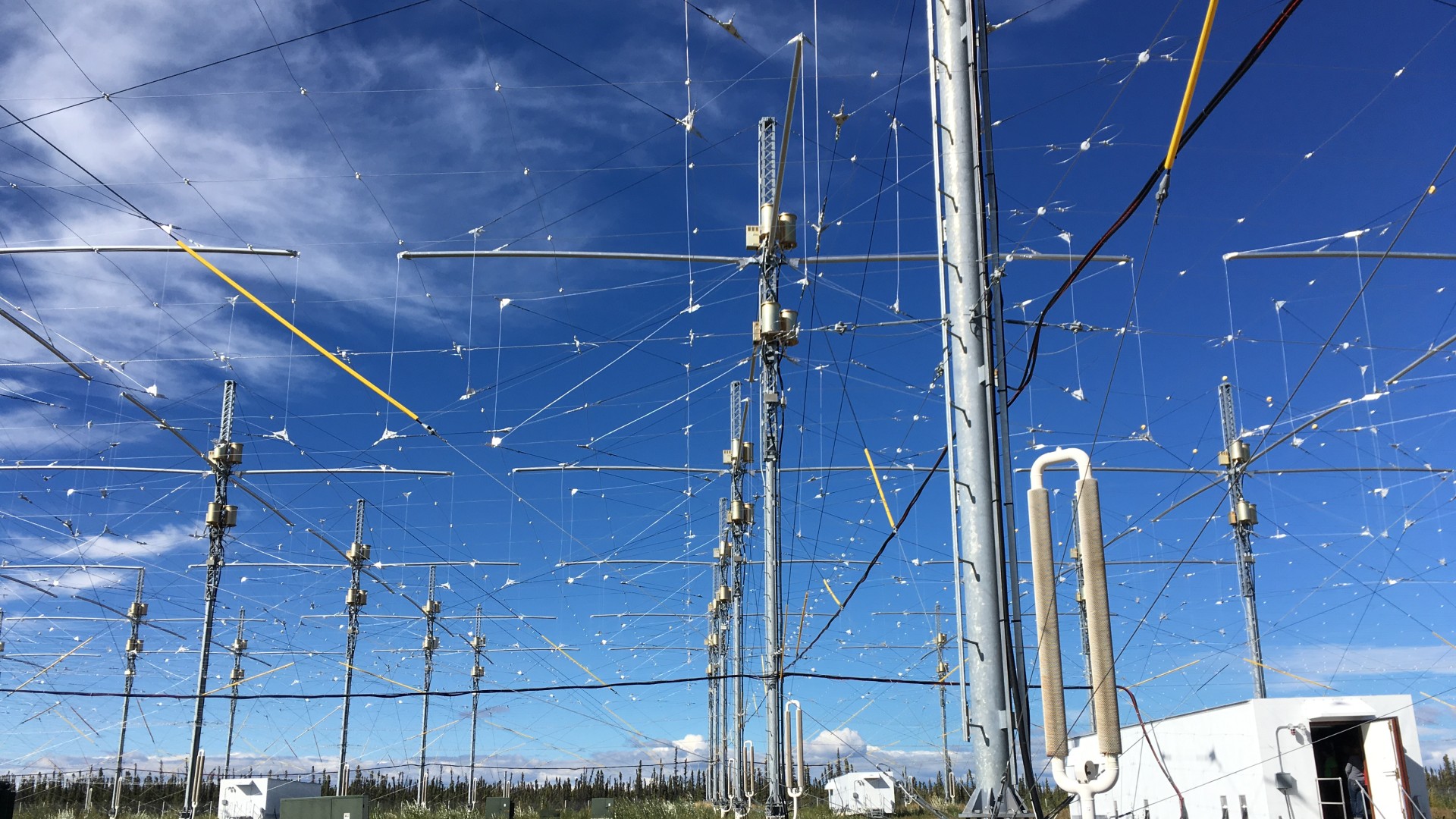CAPE CANAVERAL, Fla. (AP) — NASA aced the most complicated, critical job on its newly launched space telescope Tuesday: unrolling and stretching a sunshade the size of a tennis court.
Ground controllers cheered and bumped fists once the fifth and final layer of the sunshield was tightly secured. It took just 1 1/2 days to tighten the ultra-thin layers using motor-driven cables, half the expected time.
The mirrors are next up for release this weekend. The $10 billion telescope is more than halfway toward its destination 1 million miles (1.6 million kilometers) away, following its Christmas Day send-off. It is the biggest and most powerful observatory ever launched — 100 times more powerful than the Hubble Space Telescope — enabling it to peer back to almost the beginning of time. Considered Hubble’s successor, Webb will attempt to hunt down light from the universe’s first stars and galaxies, created 13.7 billion years ago. “This is a really big moment,” project manager Bill Ochs told the control team in Baltimore. “We’ve still got a lot of work to do, but getting the sunshield out and deployed is really, really big.” Engineers spent years redoing and tweaking the shade. At one point, dozens of fasteners fell off during a vibration test. That made Tuesday’s success all the sweeter, since nothing like this had ever been attempted before in space. “First time and we nailed it,” engineer Alphonso Stewart told reporters. ___ This story was first published on Jan. 4. It was updated on Jan. 5 to correct date of first stars and galaxies to 13.7 billion years ago, not 3.7 billion. ___ The Associated Press Health and Science Department receives support from the Howard Hughes Medical Institute’s Department of Science Education. The AP is solely responsible for all content.
Note: This article have been indexed to our site. We do not claim legitimacy, ownership or copyright of any of the content above. To see the article at original source Click Here












